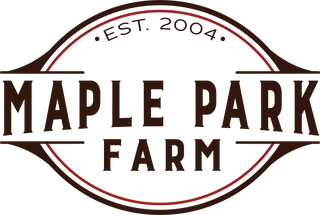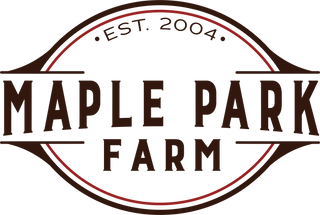Lettuce is a staple in many home and commercial gardens. Lettuce is a hardy cool weather crop and can be planted as soon as the soil can be worked.
Below are some basic types of lettuce so you can choose the varieties that are right for you, along with some easy tips to grow lettuce successfully.
Every gardener will want to pay attention to 3 lettuce basics:
- Time to maturity (harvest) - Lettuce (especially baby leaf) has a relatively quick time to maturity. This means you will need to sow multiple plantings, also known as succession planting, if you want a continuous supply of fresh lettuce throughout the season. Some varieties are cut and come again, however the second cut is not as good as the first.
- Temperature - Lettuce is best suited as a spring or fall crop as it prefers moderate temperatures. In the heat of the summer it can become bitter and bolt (flower and go to seed). Seed breeders are producing seed varieties that are more heat tolerant. Choose the right variety for the season you are growing.
- Use – Are you looking for a full head, mini head or baby leaf, one cut or a cut and come again variety? Depending on your end use will also dictate which varieties are best for you.
Common Forms of Lettuce:
- Butterhead – Usually grown to full-size heads, butterhead lettuce tends to have somewhat open, ruffley soft leaves. The flavor is sweet and make excellent lettuce wraps. Butterhead varieties come in all colors ranging from light to dark green and even red varieties.
- Bibb – Bibb lettuce is similar in texture, flavor and appearance to butterhead lettuce. However bibb lettuce varieties are usually grown for mini-heads.
- Iceberg – Iceberg varieties form a dense head with high water content and have been bred to have nearly no bitterness. They have a fresh crunchy texture and sweet, mild flavor. They can also be referred to as Crisp head.
- Lollo – Lollo varieties form loose heads with frilly leaves. Lollo can also be used for baby leaf production. The leaves are wide and can be used for wraps or garnishes.
- Oakleaf – Oakleaf varieties are relatively dense, rosette like heads of crisp leaves. They are deeply lobed similar to those of an oak tree. These varieties are primarily grown as baby leaf lettuce.
- Romaine – Romaine is known for its compact hearts of long, upright broad leaves. The flavor is sweet and has a crispy texture. Romaine lettuces are available in a wide range of sizes, colors and shapes.
- Summer Crisp/Batavia – Summer Crisp is an ideal choice for summer, as the name suggests. They can be grown to either baby leaf or full head size.
Growing Tips:
- Lettuce can be direct-seeded. For a continuous supply, succession plant every 2-3 weeks.
- Lettuce prefers cooler growing conditions. Seeds will germinate poorly if soil temperatures are too high. Optimal range is 10-22°C.
- Irrigate well — lettuce prefers consistent moisture, and drought-stressed plants will be bitter. If using pelleted seed, note that adequate and consistent moisture is required to dissolve the pelleted coating and enable the seed to germinate.


